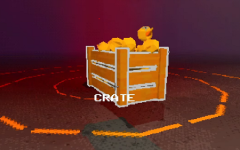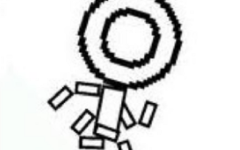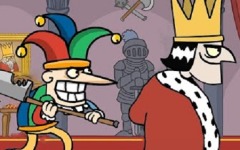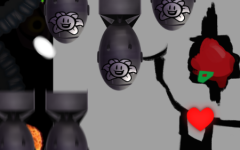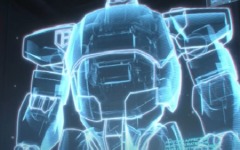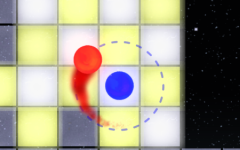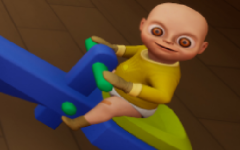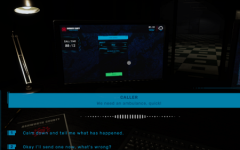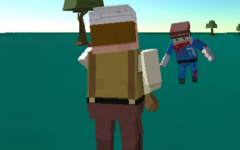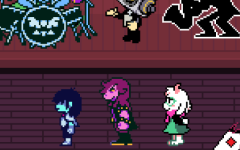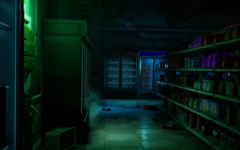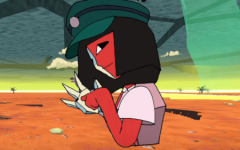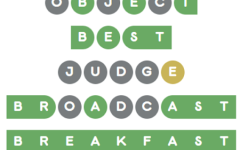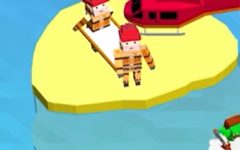Advertisement
Merge Fellas Brainrot
Advertisement

Merge Fellas Brainrot is a casual grid-based puzzle game where the objective is to combine identical tiles to generate new ones. The board begins empty, but with each move, it fills up with different characters or icons. When two matching tiles are placed next to each other, they automatically merge and form a higher-level tile. This mechanic continues through multiple stages of evolution until the board either fills up or the highest merge tier is reached.
Tile Management and Merge Flow
The gameplay is structured around tile placement and decision-making. Each turn presents a new tile that must be placed onto the board. If positioned correctly, the tile will combine with an existing one of the same type, freeing up space and progressing the merge chain. Players must be cautious about where they drop each piece, since space is limited and poor placement can block potential merges. Once the board has no available moves, the session ends and the score is calculated.
System Features and Merge Tools
Merge Fellas Brainrot includes various systems that enhance how the player interacts with the board. Some tools assist in managing space, while others allow tile swaps or controlled reshuffles. These tools appear gradually and add layers of strategy as players advance through sessions.
Key gameplay systems:
- Random tile delivery with queue preview
- Manual tile movement for strategic adjustment
- Merge chains that unlock higher levels
- Session-based scoring tied to tile value
- Special merges that trigger board effects
Replay and Adaptive Thinking
Each new game session is different due to the randomness of tile order. Players are encouraged to develop flexible strategies and to experiment with different merge patterns. The lack of a timer allows for careful decision-making, though later stages often introduce limited-move conditions or unique board shapes. As players become more familiar with the mechanics, they start planning several moves ahead to avoid blocking themselves too early.
Merge Fellas Brainrot offers a game loop based entirely on pattern recognition and merge planning. There is no progression outside of the session itself, which places full emphasis on each board’s layout and the player’s actions. The structure rewards spatial thinking and replay, providing a familiar challenge each time but with varied outcomes. The player decides how to control space, manage merges, and extend the game with each choice.




























































































































